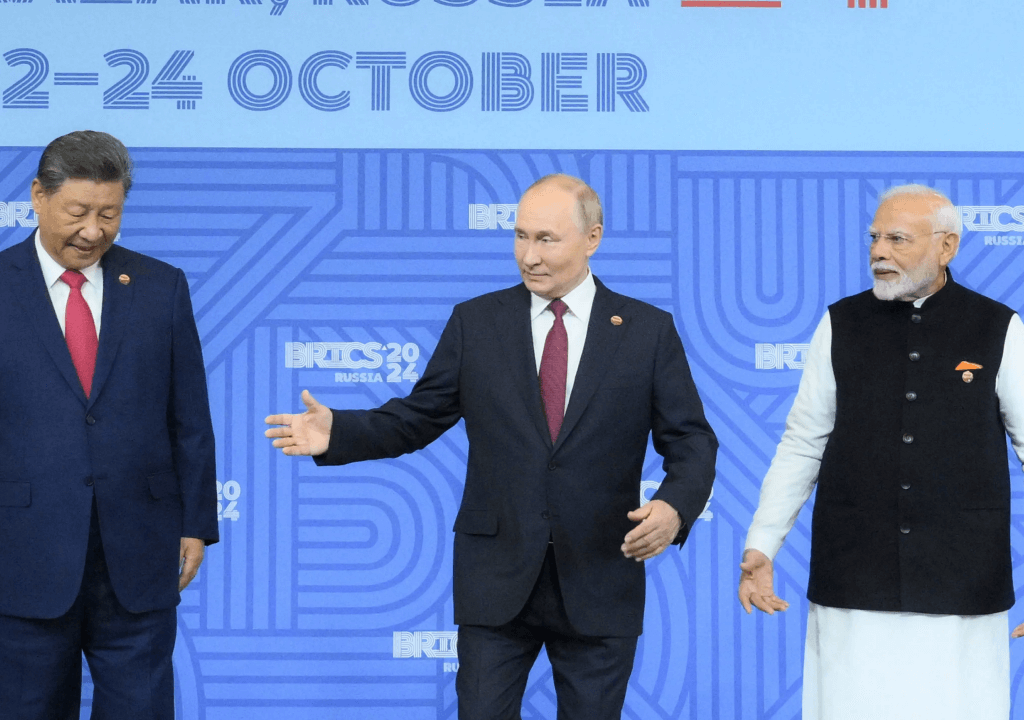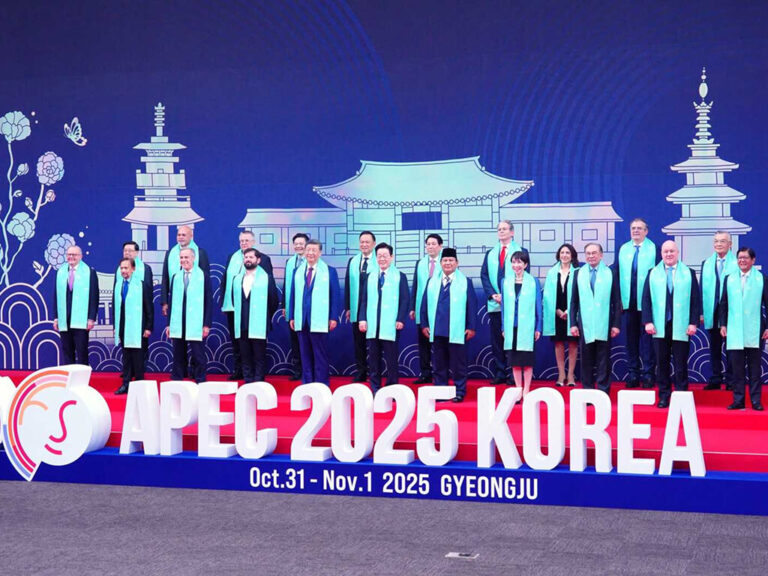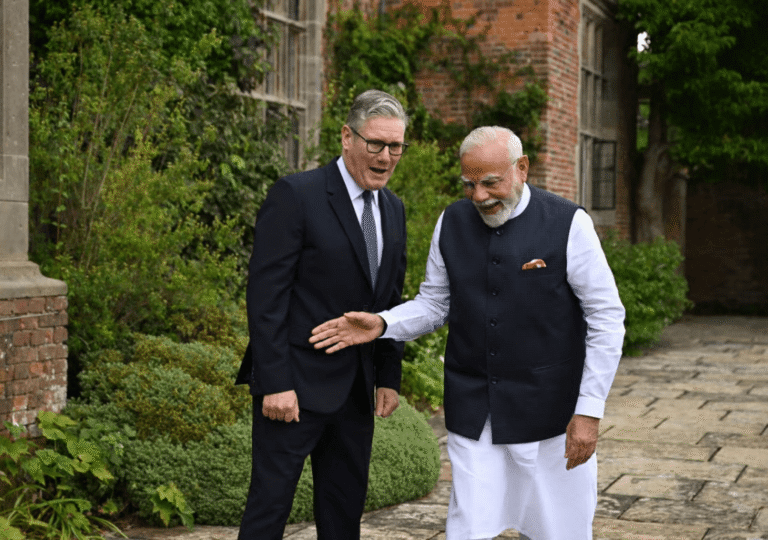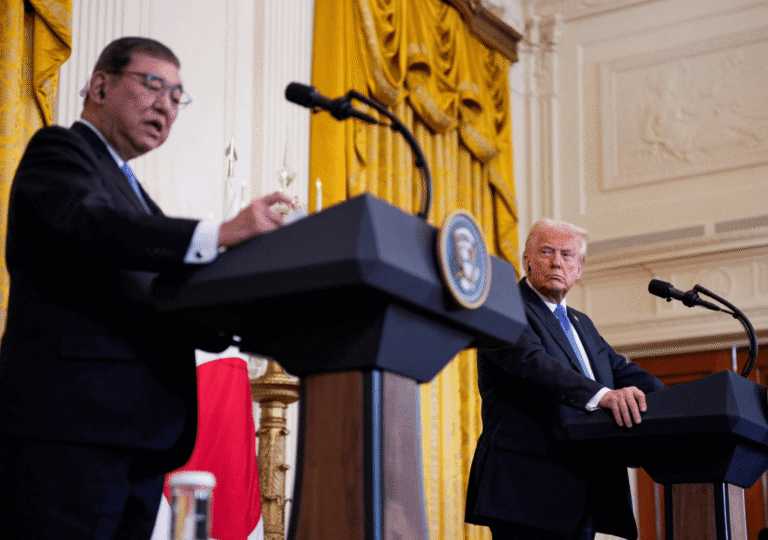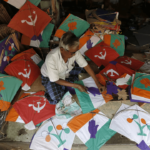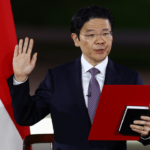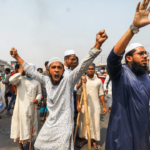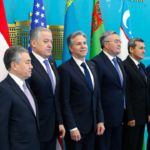There are many multinational alliances in the world today, such as the European Union, NATO, the GCC, the Shanghai Cooperation Organization, and ASEAN. Most of these are regional organizations focused on enhancing cooperation and elevating the importance of their respective regions. However, BRICS stands apart as a unique entity—neither regional nor military like NATO. Instead, it is an international body created as an alternative to the dominance of the United States. BRICS, originally formed as BRIC in 2009 with the addition of Brazil to the team of Russia, India, and China—four of the world’s top 10 economies—was later joined by South Africa. The group initially aimed to reduce reliance on the U.S. dollar and U.S. technology while boosting investment opportunities. Now in its 16th year, BRICS has become an increasingly significant geopolitical bloc. They are currently holding their 16th summit in Kazan, Russia, chaired by Vladimir Putin, a leader ostracized by the West, with more than 36 global leaders in attendance. The summit underscores the group’s independence and its indifference to the United States and the West.
Beyond the typical photo shoots, the 16th summit in Kazan showcases the unity of its members. Several meetings are planned among various state leaders, including Russian President Vladimir Putin, Chinese President Xi Jinping, and Indian Prime Minister Narendra Modi. This summit also marks the debut of Egypt, Ethiopia, Iran, and the United Arab Emirates. The expanded membership suggests a shift toward alliances reminiscent of the Cold War era, when states formed strong, politically driven partnerships. Despite economic threats from the United States, all participants are eager to cooperate, and Putin is using the occasion to assert Russia’s enduring global relevance. The summit can be viewed as a personal success for Putin, as he has brought together nations like China and India, which were previously on the verge of conflict in a way that questions the existence of the bloc.
The meeting between Chinese president Xi Jinping and Indian Prime minister Narendra Modi takes place after five years as part of the summit. The relationship between China and India was very strained, following deadly fights at the border. Emerging reports indicate that China and India are actively working to resolve their border disputes and are ready to cooperate as they did in earlier years. This development poses a significant setback to U.S. efforts to divide the coalition and pull India to its side.
Russia is also using the Kazan BRICS summit to push de-dollarization as a key agenda item. With Western sanctions severely impacting its businesses, Russia is seeking alternatives, and China, with its expansionist ambitions, is also anticipating potential sanctions. Iran, a new BRICS member, has likewise suffered under U.S. sanctions. Together, these countries are advocating for a faster transition to de-dollarization, increased use of local currencies in trade, and the strengthening of financial institutions as alternatives to U.S.-controlled banks. However, there is some resistance from India, Brazil, and South Africa, which are hesitant to accelerate the process despite their shared goal of finding an alternative to the dollar.
The summit is expected to yield agreements on expanding trade routes and enhancing cooperation. Strengthening trade ties has been BRICS’ biggest achievement to date, helping Russia and Iran maintain relatively stable economies despite harsh Western sanctions. If India and China can rebuild their cooperation, the group’s economic power will grow significantly. Russia is working hard toward this goal, and key meetings and important decisions are anticipated at this iteration of the BRICS Summit.
Most people in the West may not even be aware of BRICS, but it’s evident that something significant is brewing in the East that could counterbalance the United States. BRICS+ now boasts a larger GDP than the G7 or the EU, and its banks and institutions prioritize equal participation, unlike those dominated by the U.S. While Russia and China have demonstrated their capacity to challenge American influence, the inclusion of members like India, Iran, and Brazil suggests the group is poised to push further against U.S. interests. Although still in its early stages, BRICS has already proven capable of bypassing strict U.S. sanctions through enhanced cooperation. Politically, the 2024 BRICS Summit presents a challenge to U.S. dominance in global politics and represents a pivotal moment for Putin, signaling his and Russia’s resurgence on the global stage.

